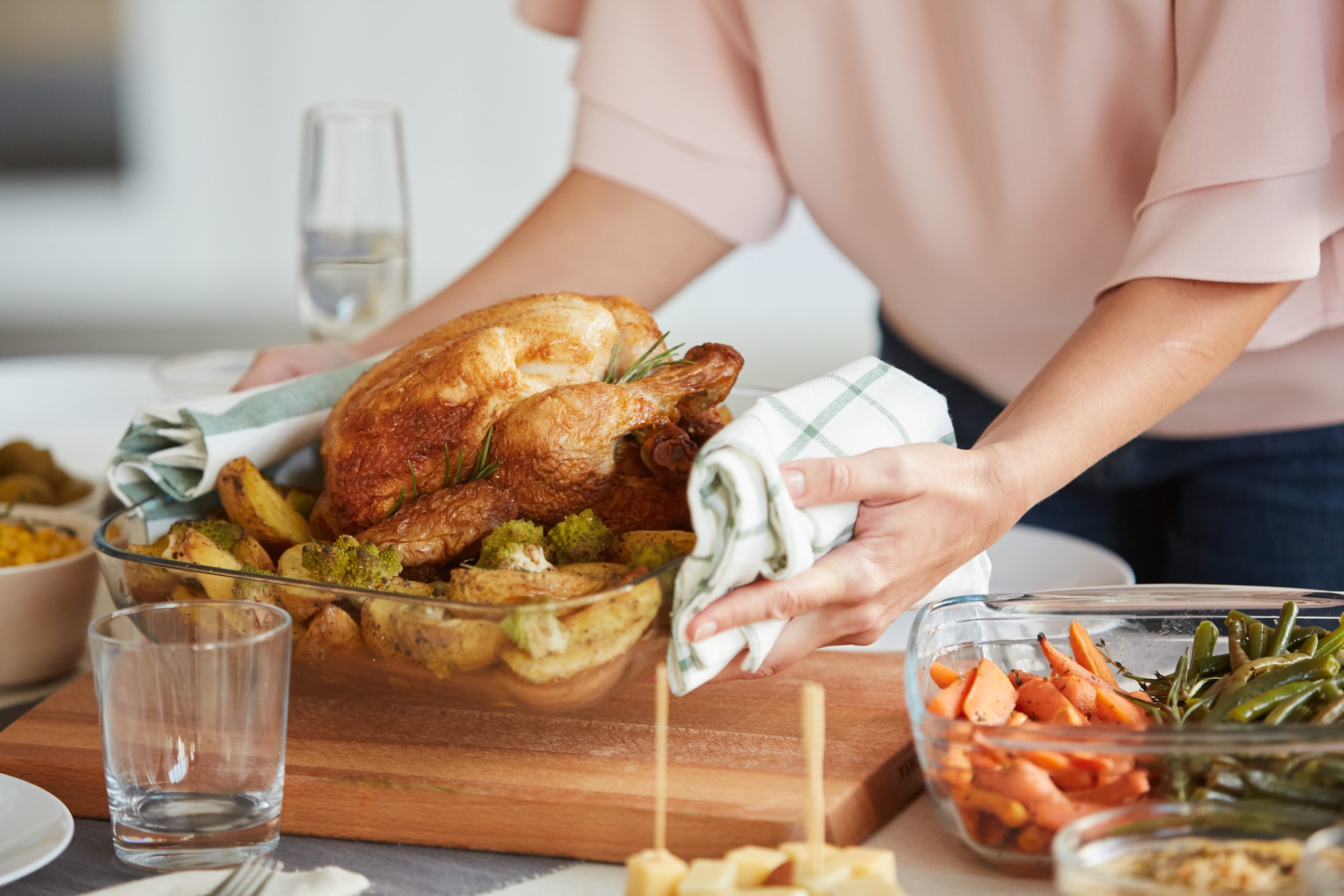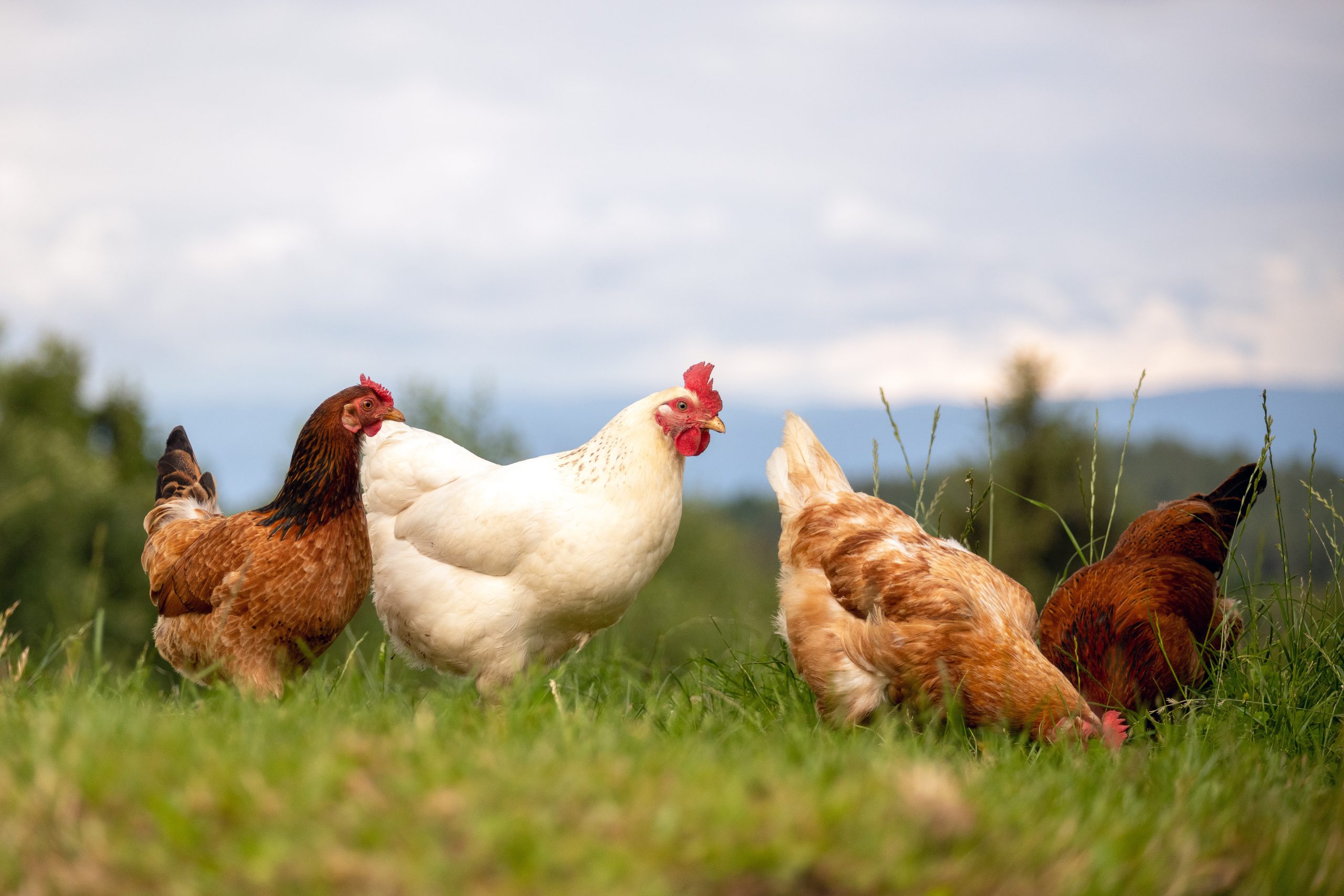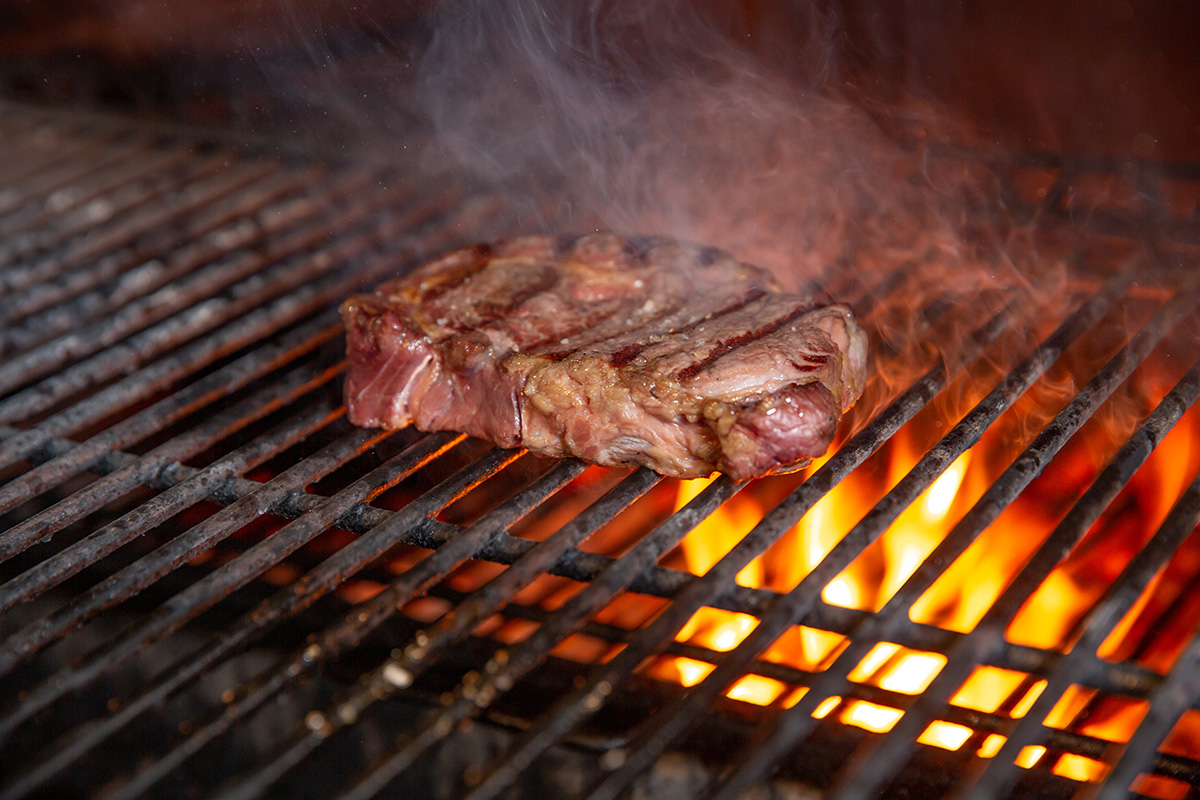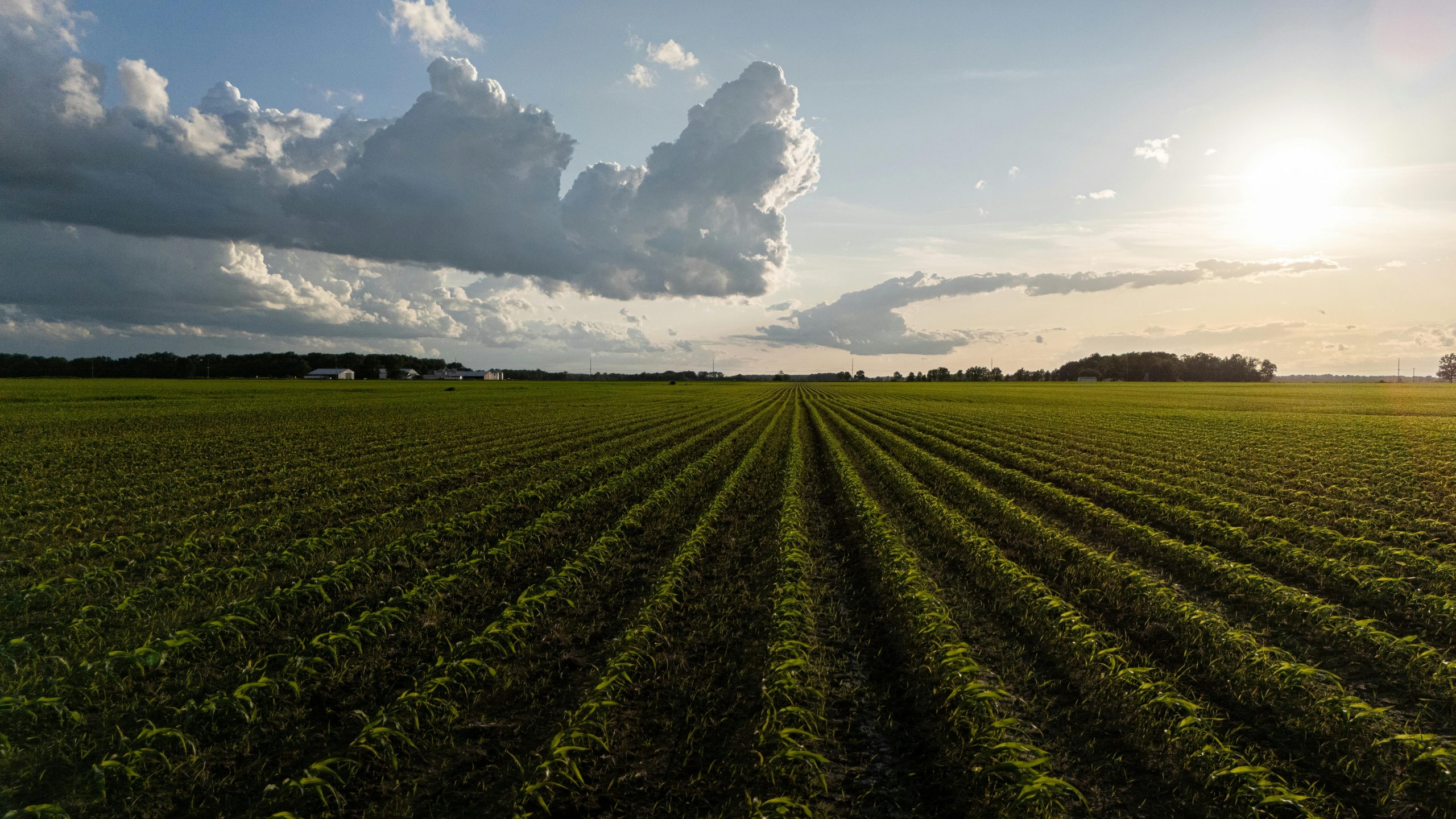meat
Avian, Food Safety, Home and Family, Turkeys
How to safely prepare and cook meats for the holidays
Following food safety steps will help assure a happy and healthy holiday, says K-State food scientist Karen Blakeslee. Read More










